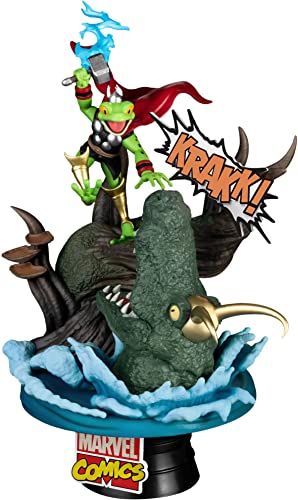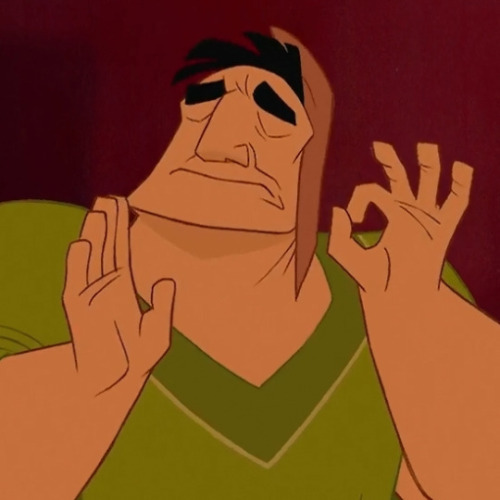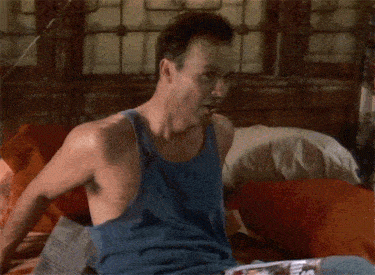Mr. Terrio is a former student of British literature and phenomenology who dropped out of a masters program at Cambridge University to study film. On his first big-budget movie, he cites as influences not just Frank Miller’s seminal comic-book miniseries “The Dark Knight Returns” and Mr. Nolan’s trilogy of Batman films. He also invokes Italian semiotician Umberto Eco’s 1972 essay “The Myth of Superman” and the W.H. Auden poem "Musée des Beaux Arts," which contrasts the quotidian details of normal people’s lives with the epic struggles of mythological figures.
“Given the scale, you would think the whole thing has a corporate stench, but the way we worked there was this quality of, ‘I can’t believe they’re letting us do this,’” Mr. Terrio said.
The screenwriter went to great lengths to establish the movie’s titular conflict as more than the traditional comic-book gimmick of two superheroes tricked by a villain.
“In superhero stories, Batman is Pluto, god of the underworld, and Superman is Apollo, god of the sky,” observed Mr. Terrio. “That began to be really interesting to me—that their conflict is not just due to manipulation, but their very existence.”
Mr. Terrio recently finished his script for “Justice League,” which starts shooting next month, giving him a key role defining the big- screen versions of DC superheroes. To prepare, the writer says he studied red- and blueshifts in electromagnetic physics to think about the Flash, investigated deep sea biology in the Mariana trench to create the world of Aquaman, and read the Greek historian Diodorus of Sicily’s account of the war between Amazon and Atlantis to better understand Wonder Woman.
“If you told me the most rigorous dramaturgical and intellectual product of my life would be superhero movies, I would have said you were crazy,” the screenwriter said.






 How does pretending to be a complete goober while he's Clark make it a better performance? That must take some serious talent.
How does pretending to be a complete goober while he's Clark make it a better performance? That must take some serious talent. 













